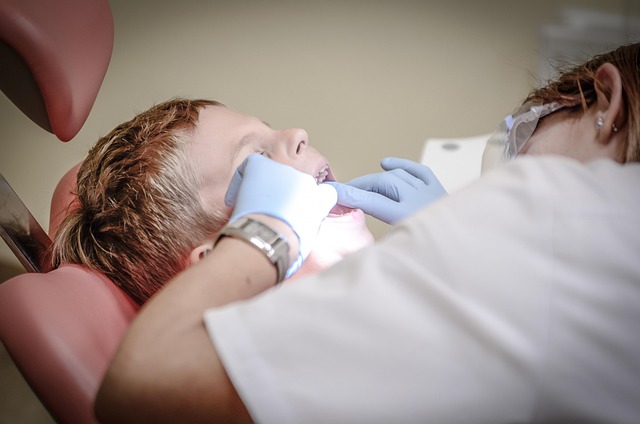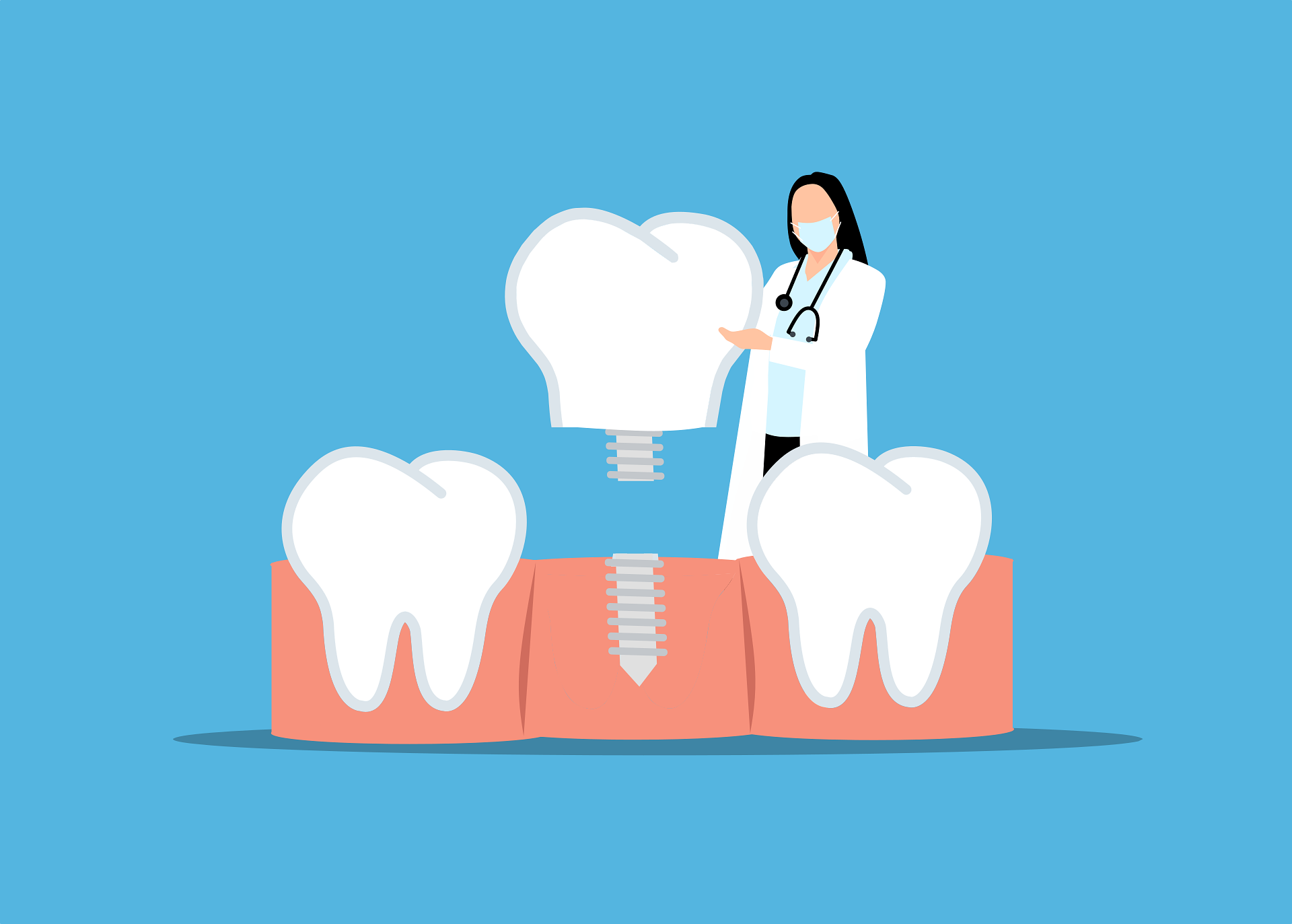Discover the 5 Key Symptoms of Crohn's Disease in Females: Essential Insights for Early Diagnosis and Management
Crohn's disease affects women differently than men, with unique manifestations and challenges that require specific attention for proper diagnosis and treatment. Understanding these distinct symptoms is crucial for early detection and effective management of the condition. This comprehensive guide explores the primary symptoms that females should watch for, along with expert insights on diagnosis and treatment approaches.

What Are the Primary Symptoms of Crohn’s Disease in Women?
Women with Crohn’s disease often experience abdominal pain and cramping, which can be particularly severe in the lower right abdomen. Persistent diarrhea, often bloody, is another hallmark symptom. Fatigue and unexplained weight loss are also common early indicators. Women may notice these symptoms becoming more pronounced during menstruation, as hormonal changes can influence disease activity.
How Do Hormonal Factors Impact Crohn’s Disease Symptoms?
Female hormones play a significant role in how Crohn’s disease manifests. Many women report symptom flares during menstruation or changes in their menstrual cycle. Pregnancy can also affect disease activity, with some women experiencing improvement while others notice worsening symptoms. The relationship between hormones and inflammation makes understanding these patterns crucial for effective management.
What Are the Unique Complications Women Should Watch For?
Women with Crohn’s disease face specific complications, including irregular menstrual cycles, fertility challenges, and increased risk of osteoporosis. Iron-deficiency anemia is more common in female patients due to both intestinal bleeding and menstruation. Additionally, women may experience delayed puberty in young patients or early onset of menopause.
When Should Women Seek Medical Attention?
Early warning signs that warrant immediate medical attention include severe abdominal pain, persistent diarrhea lasting more than a week, unexplained fever, and significant weight loss. Women should also be alert to symptoms like joint pain, skin problems, and eye inflammation, as these can indicate extra-intestinal manifestations of Crohn’s disease.
What Treatment Options Are Available for Women?
Treatment approaches for women with Crohn’s disease must be tailored to individual circumstances, particularly considering factors like pregnancy planning and bone health. Common treatments include:
-
Anti-inflammatory medications
-
Immunosuppressants
-
Biologics
-
Nutritional therapy
-
Surgical interventions when necessary
How Do Treatment Costs and Coverage Options Compare?
| Treatment Type | Average Monthly Cost | Insurance Coverage |
|---|---|---|
| Anti-inflammatories | $50-200 | Generally covered |
| Immunosuppressants | $100-500 | Usually covered |
| Biologics | $1,000-5,000 | Often requires prior authorization |
| Nutritional Therapy | $200-400 | Varies by provider |
| Surgery | $20,000-60,000 | Typically covered with deductible |
Prices, rates, or cost estimates mentioned in this article are based on the latest available information but may change over time. Independent research is advised before making financial decisions.
Managing Crohn’s disease requires a comprehensive understanding of both symptoms and treatment options. Women should work closely with their healthcare providers to develop personalized treatment plans that address their specific symptoms while considering hormonal influences and potential complications. Regular monitoring and prompt attention to new or worsening symptoms remain essential for maintaining optimal health and quality of life.
This article is for informational purposes only and should not be considered medical advice. Please consult a qualified healthcare professional for personalized guidance and treatment.




